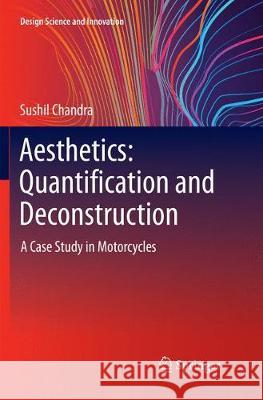Aesthetics: Quantification and Deconstruction: A Case Study in Motorcycles » książka
topmenu
Aesthetics: Quantification and Deconstruction: A Case Study in Motorcycles
ISBN-13: 9789811348341 / Angielski / Miękka / 2018 / 233 str.
Kategorie:
Kategorie BISAC:
Wydawca:
Springer
Seria wydawnicza:
Język:
Angielski
ISBN-13:
9789811348341
Rok wydania:
2018
Wydanie:
Softcover Repri
Ilość stron:
233
Waga:
0.41 kg
Wymiary:
23.62 x 21.84 x 1.02
Oprawa:
Miękka
Wolumenów:
01











